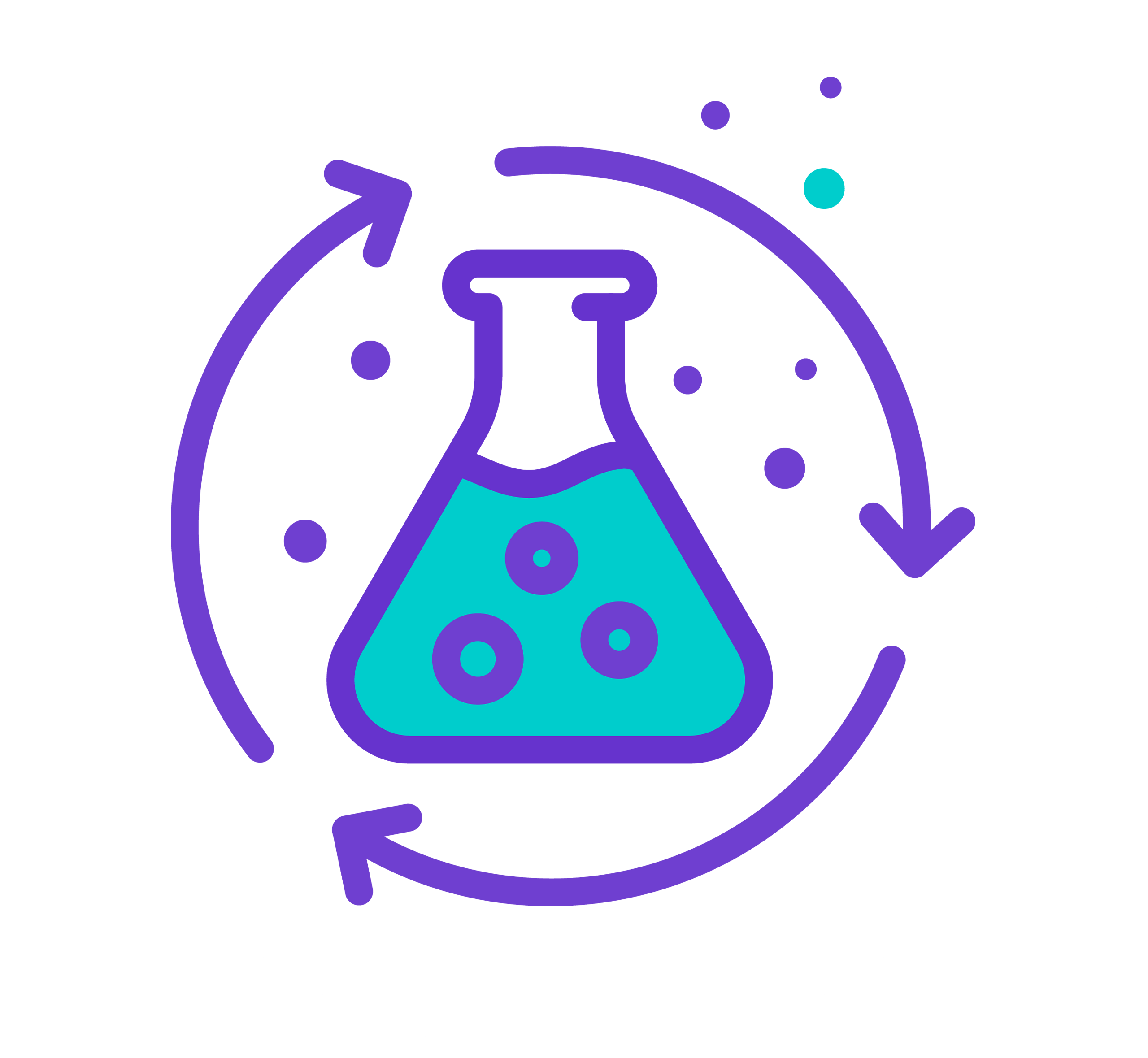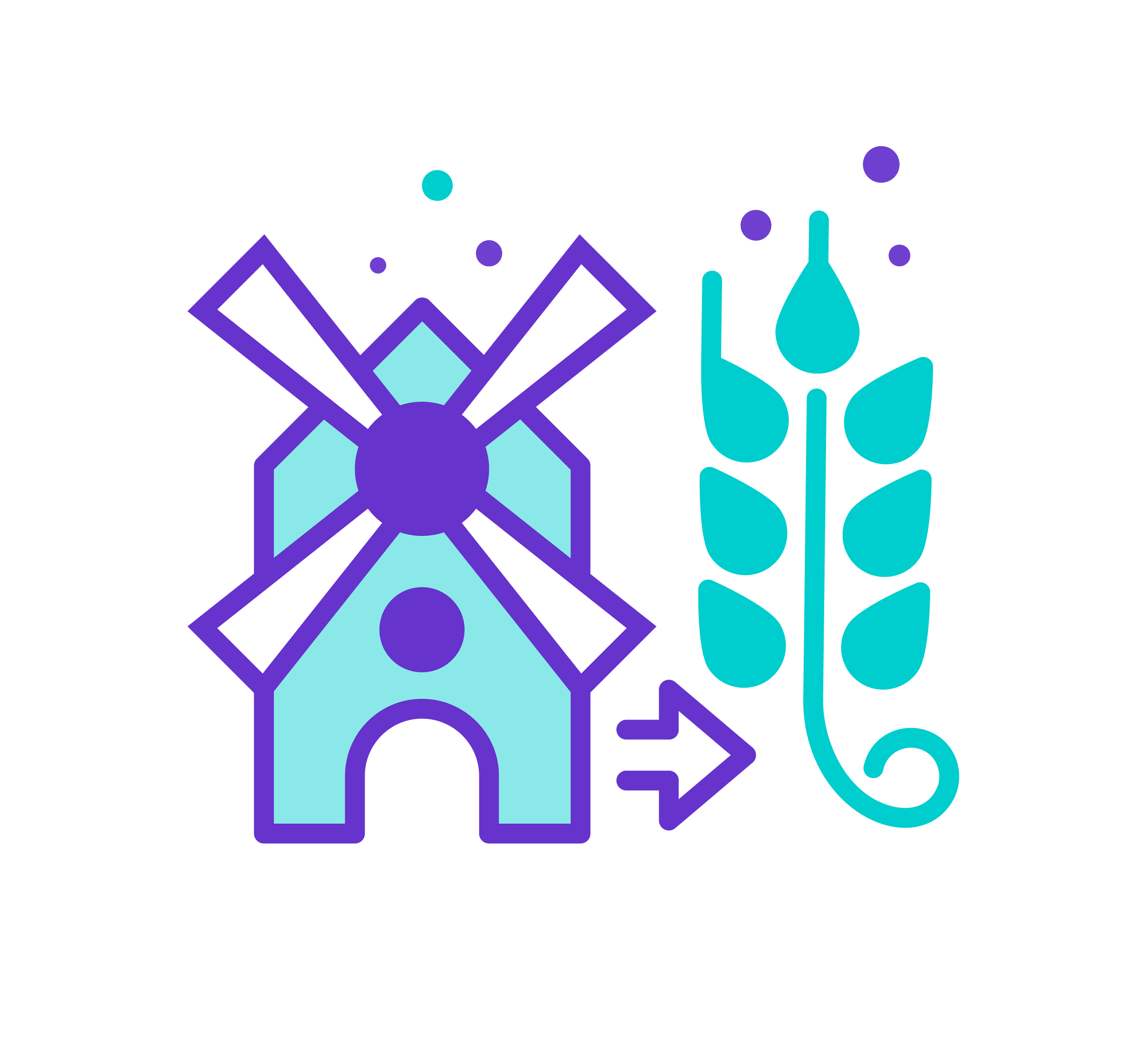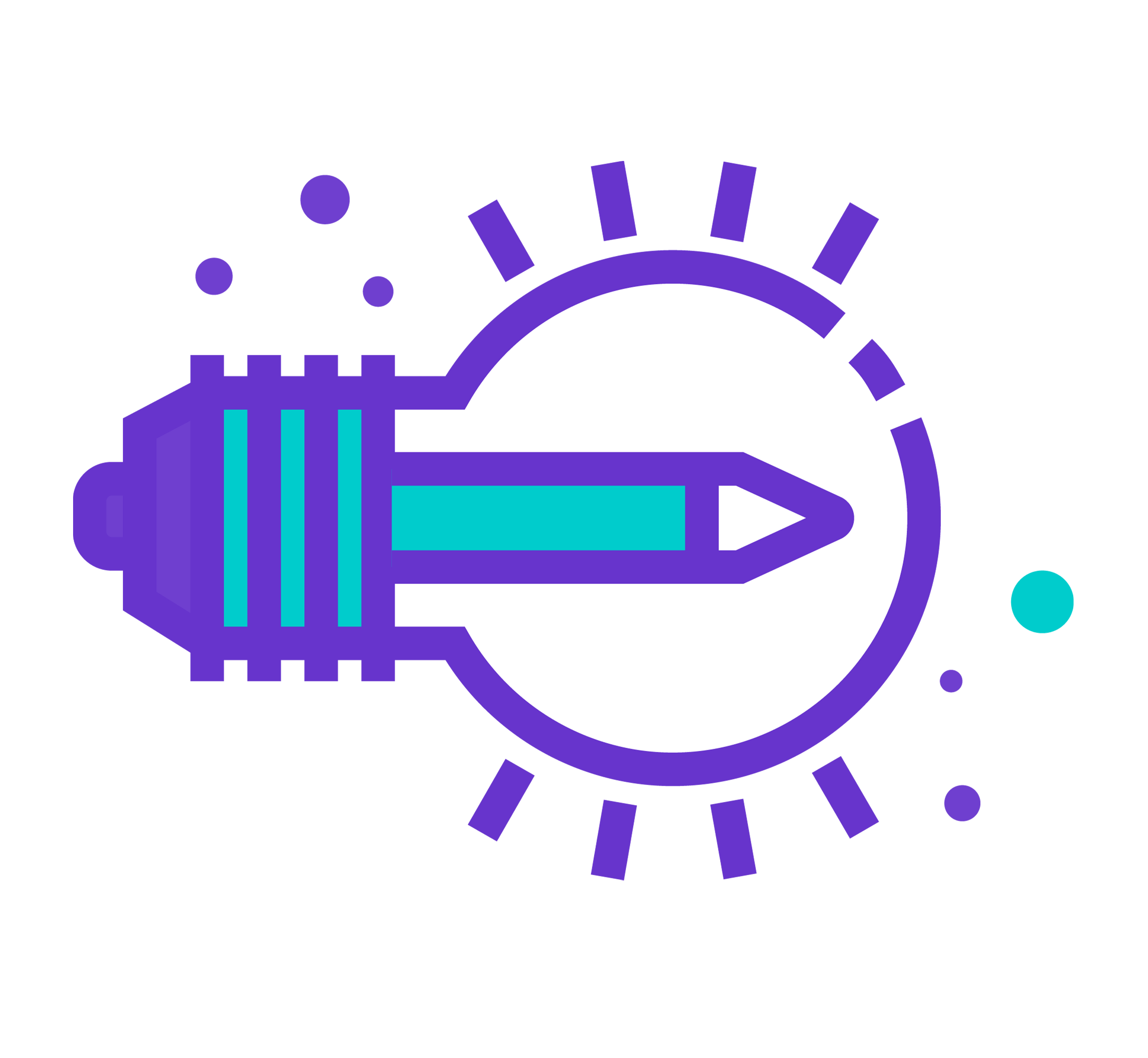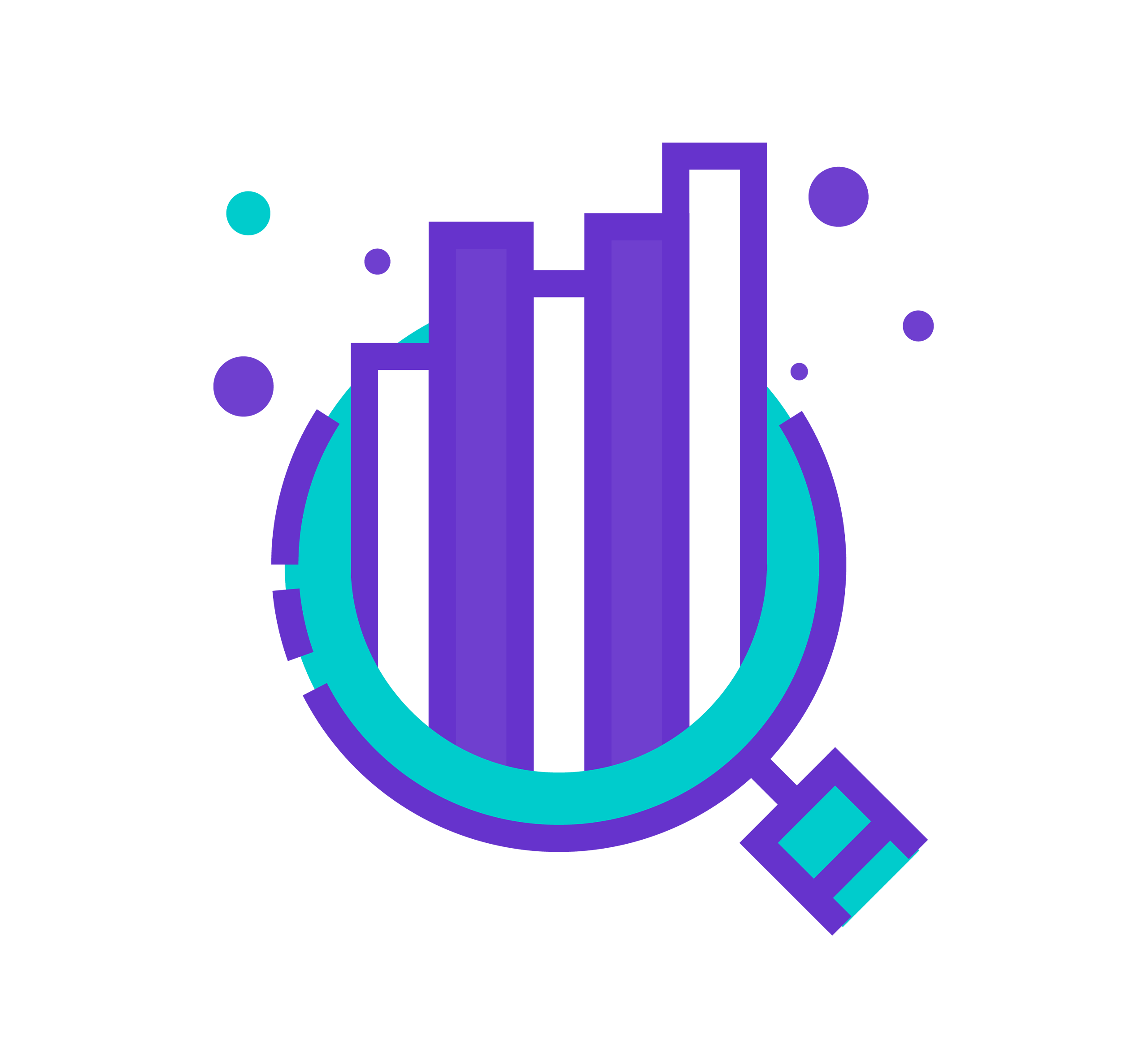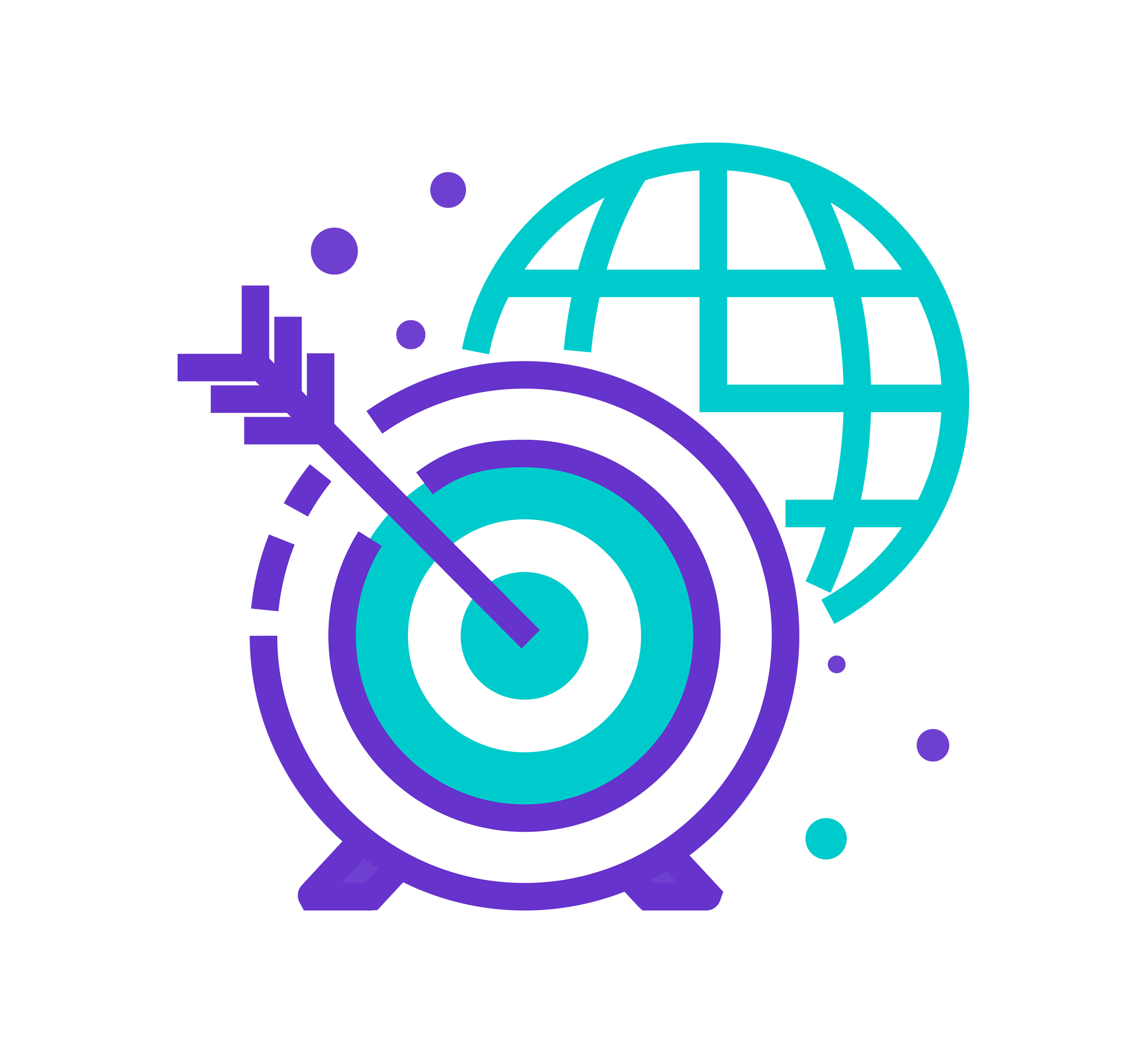Table of contents:
- What are the OntoCommons demonstrators?
- Demonstrators' contribution to the project's objectives
- Demonstrators' contribution to the project's expected impacts
- Demonstrators' contribution to ontologies standardisation
- OntoCommons Demonstrators
What are the OntoCommons demonstrators?
The demonstrators are a list of use cases that will be used to prove the effectiveness of the OntoCommons Ontology Commons EcoSystem (OCES) and provide insights on the use of standardised ontologies to resolve issues with material sciences and manufacturing data documentation, data re-use and cross-domain interoperability.
Demonstrators' contribution to the project's objectives
The demonstrators will contribute to the harmonisation of at least 10 existing ontologies and initiate the development of at least 3 new domain (or sub-domains) ontologies.
A strong interaction between demonstrators and ontology developers will be paramount in order to build a set of Top Rerefence and Middle-Level Ontologies that will be beneficial to the overall European community.
Demonstrators' contribution to the project's expected impacts
- Standardised and FAIR intra- and cross-domain data documentation
Based on wide-ranging stakeholder involvement, the demonstrators will contribute to achieve an ontology-based data documentation across NMBP domains.
- Facilitate uptake of the project's results
Standardised data documentation and uptake of the project's results will be shown in the various demonstrators.
- Improved ability to build interoperable software solutions in materials and manufacturing domains
The demonstrators will serve as references for the uptake of ontology-based software.
Demonstrators' contribution to ontologies standardisation
Current standards can be in the way of innovative procurement of new materials in manufacturing. The OntoCommons demonstrators will ensure alignment on emerging standards to explore the opportunities of a more dynamic, ontology-based system to support faster innovation.
| Demonstrator | Ontology/Standards uses |
| IRIS - IndustRIal codesign Support (Airbus Design and Manufacturing) |
Standards:
Ontologies:
|
|
SeDIM - Semantic Data Integration for Manufacturing (BOSCH Manufacturing) |
Ontologies:
|
| EngDemostrator (Aibel Procurement) |
Standards:
Ontologies:
|
| Tribomat (Materials’ Tribological Characterisation) |
Ontologies:
|
| EVMF - European Virtual Marketplace Framework (Digital Materials Marketplaces) |
Ontologies:
|
| PSS - Product Service Systems (OAS Product Service System) |
Ontologies:
|
| Feedstock Quality Assurance (Fraunhofer Quality) |
Standards:
Ontologies:
|
| NanoMaterials Characterisation (IRES Nano-Materials) |
Ontologies:
|
|
Ontology-based Maintenance (BLM Group Ontology-based maintenance) |
Ontologies: DOLCE |
| Cu/Al Data (Elvahalcor Metal Industry) |
Standards/Ontologies: currently N/A |
|
Complex Equipments (Siemens Digital Manufacturing) |
Standards:
Ontologies:
|
OntoCommons Demonstrators
OntoCommons aims to deliver:
- A predefined set of initial 11 demonstrators ranging through the NMBP work programme domains are proposed by the OntoCommons consortium in order to speed up the process of definition of the OCES.
- Community proposed demonstrators (Community Demonstrators) up to a maximum of 10 will be added during the first year of the project following stakeholder consultations.
- Demonstrators based on existing H2020 projects that share the same objectives of OntoCommons and expressed commitment to merge their efforts and resources.
OntoCommons original 11 Demonstrators
- AIRBUS DESIGN AND MANUFACTURING
-
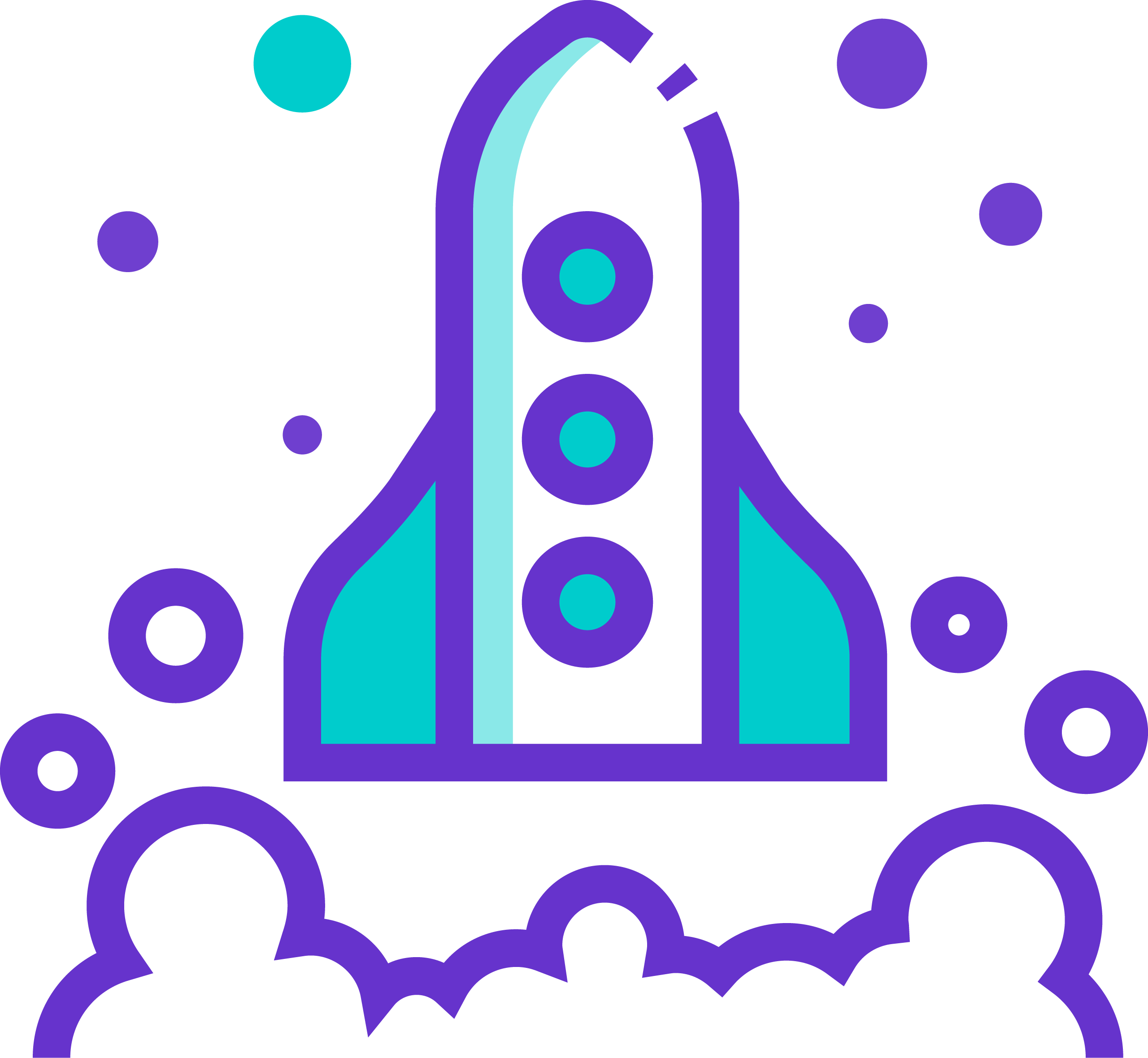
- Use case description: During the detailed design of an assembly plant, different domains engage in a design process, being impacted and impacting the design process of other domains. A trade needs to be done between these domains, to find the most suitable design of the plant.
- Use case goal: Overcoming bottlenecks concerning interoperability and data standardisation. Enabling different collaborative engineering of different domains.
- Industry domain: Aerospace, Manufacturing.
- Proposer: Airbus / UiO
- BOSCH MANUFACTURING
-
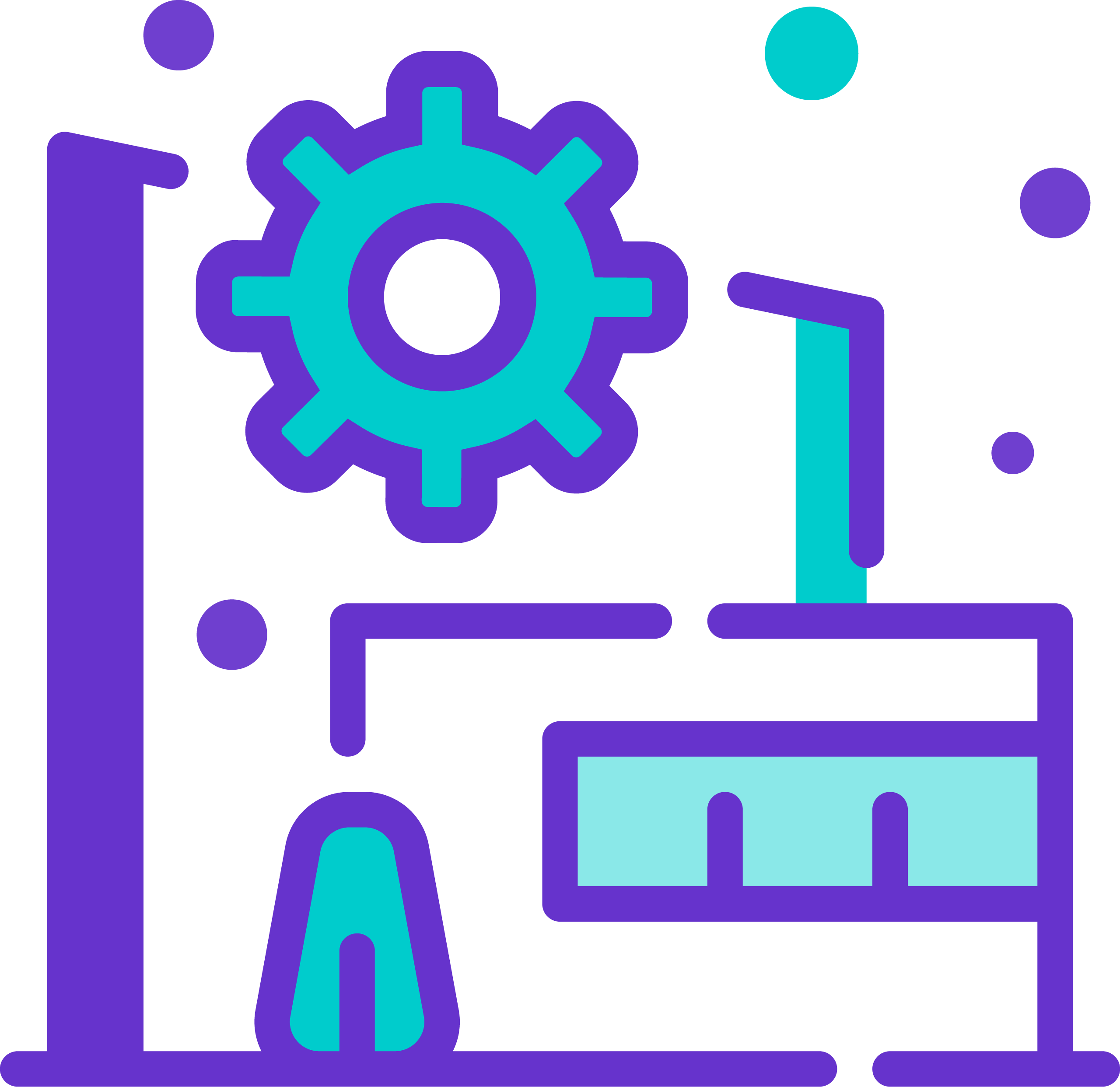
- Use case description: Automation in manufacturing, e.g., of microchips at the Bosch Salzgitter factory, requires monitoring, analyses, and control of various processes and machines. This boils down to the integration of numerous (possibly dynamic) data sets that range from sensor data generated by machines at the factory’s shop floor to specifications of processes and legacy SAP data. Such data integration is a challenging problem and one of the approaches that Bosch takes in addressing it is by developing a unified Industry 4.0 information model in the form of an ontology that is based on the IEC 62264 international standard and has two levels. The upper-level ontology, called Bosch I4.0 Core Ontology, reflects the main part of IEC 62264. The core ontology is rather generic. Therefore, in a concrete data integration scenario, the core ontology is accompanied by domain-specific ontologies to capture machines, materials, and processes specific to the scenario. Then, the ontologies are mapped to the datasets of the scenario and the data can be accessed in a uniformed fashion and either queried directly or extracted and shipped to applications for, e.g., analytics, KPI computation.
- Use case goal: To show how the use of standardized ontologies can significantly simplify the data integration problem behind an analytical scenario at a Bosch factory. The analytics is needed as a part of the overall goal of factory automation. To enable integration of heterogeneous factory‐wide data for analytics of factory machines and processes, their monitoring and control.
- Industry domain: Manufacturing
- Proposer: Bosch
- AIBEL PROCUREMENT
-

- Use case description: Capturing of all relevant chemical, manufacturing requirements and mechanical properties related to each manufacturing grade. Such a manufacturing grade ontology will have a complex definition. The manufacturing grade must-have reference to upper ontology resources such as chemical elements, crystalline structures and units of measure. For purchase companies typically issue material specifications or material data sheets (MDS), containing specializations of standard industrial grades material and test requirements. Semantic representation of MSD will be done in a similar as semantic representation of standard grades. MDS semantics can enable collaboration between organisations and be the foundation for machine supported QC.
- Use case goal: Compare material grades as listed in EN, ISO or ASTM standards. The reasoned engine will determine which are the same and which are specializations of another standard material grade based on their semantic definition.
- Industry domain: Process industry.
- Proposer: Sirius ‐ Aibel AS
- MATERIALS' TRIBOLOGICAL CHARACTERISATION
-
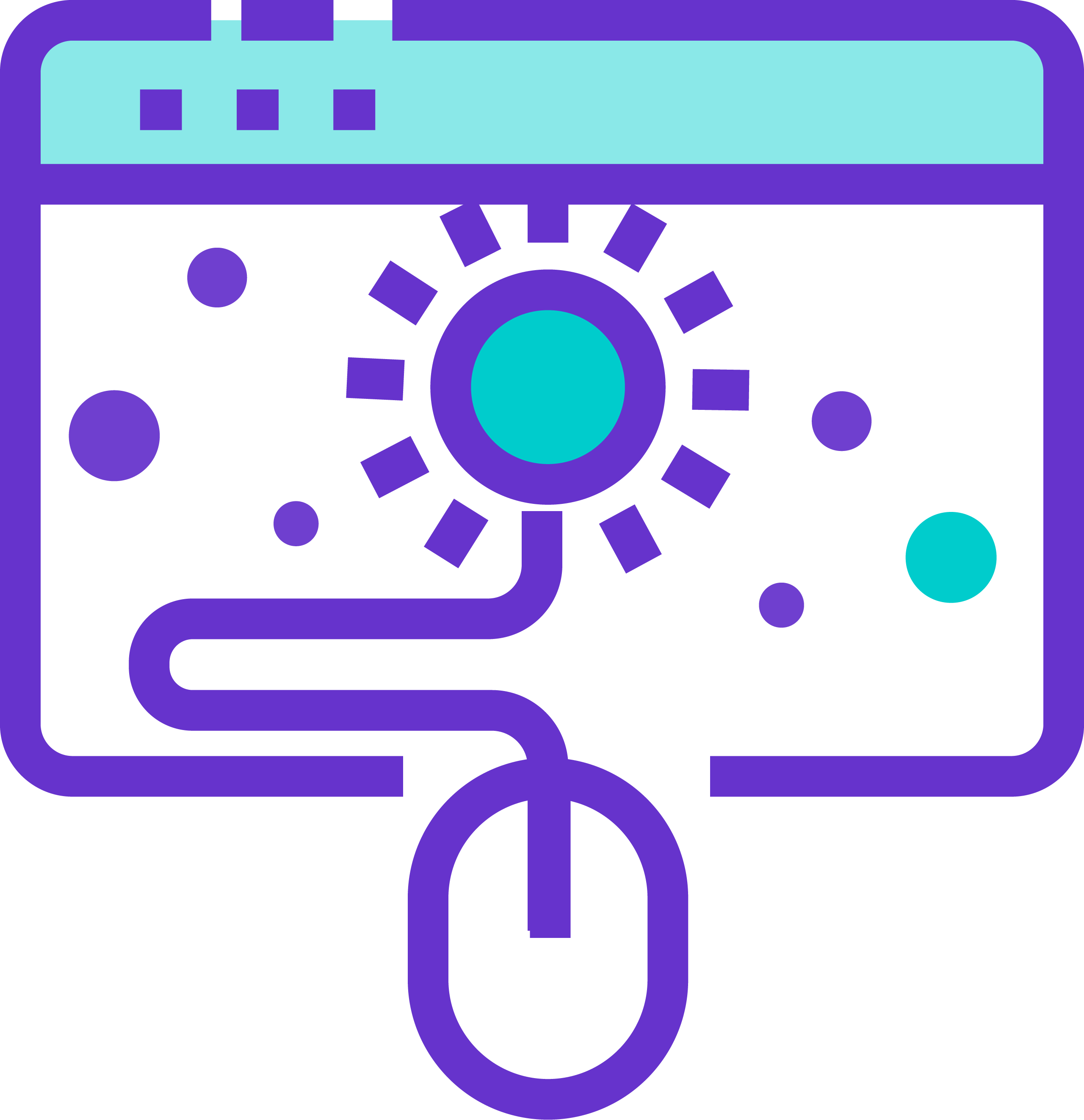
- Use case description: The use case will shorten the time and the number/size of experiments required to identify the behaviour of a material or combination of them (e.g. metal, coating, lubricant) with respect to specific operating conditions. Tribomat will perform a federated search and look in available data sources (open, or under license agreements,…) including databases, articles, etc. for past experiments that can support the request.
- Use case goal: Federation/aggregation of tribology testing results for the tribological characterization of materials and their degradation properties under consistent operating conditions.
- Industry domain: Manufacturing – at various sectors (e.g. Automotive, Aerospace, Energy, …)
- Proposer: Tekniker
- DIGITAL MATERIALS MARKETPLACES
-
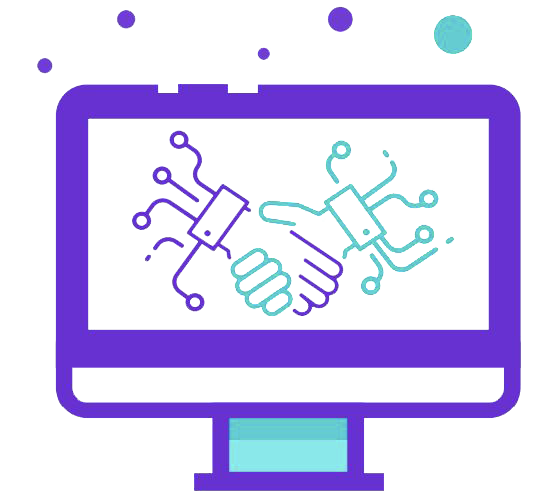
- Use case description: Facilitate the interoperability of platforms and services within an open European Virtual Marketplace Framework, involving tools and ontologies from the Allotrope Framework
and NMBP materials modelling marketplace projects. - Use case goal: Supporting interoperability within the European Virtual Marketplace Framework: An interoperability framework including materials modelling marketplaces, open translation environments, data marketplaces, open innovation platforms, and business decision support systems from the NMBP line of projects, employing tools and ontologies from the Virtual Materials Marketplace (VIMMP) project and the Allotrope Framework.
- Industry domain: Nanotechnologies, Advanced Materials, Biotechnology, and Advanced Manufacturing and Processing (NMBP).
- Proposer: STFC and GCL
- Use case description: Facilitate the interoperability of platforms and services within an open European Virtual Marketplace Framework, involving tools and ontologies from the Allotrope Framework
- OAS PRODUCT SERVICE SYSTEM
-

- Use case description: OAS as a very agile company with a very strong position on the national and international market is more and more oriented towards product customisation and services around their products, i.e. building Product Service Systems (PSS). OAS has identified a need to extend its systems to CPS based systems allowing product/process optimisation as an integral part of a customised turn‐key PSS solution.
- Use case goal: OAS has long proven experience in weighting and logistics technology usage, to boost logistics, production and to assure quality, in combining materials handling and weighting, in integrating weighing, dosing, mixing, logistics and control to form a unified system.
- Industry domain: Equipment industry
- Proposer: OAS A.G. Germany
- FRAUNHOFER QUALITY
-
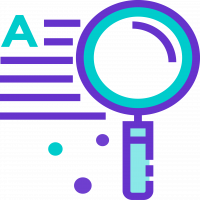
- Use case description: Measurement of different feedstocks, correlation with other feedstocks quality and correlation with the quality of produced components.
- Use case goal: Evaluation and quality assurance of feedstock for further processing.
- Industry domain: Quality assurance of powder blends.
- Proposer: Fraunhofer IFAM
- IRES NANO-MATERIALS - Occupational Exposure assessment for polymer-based additive manufacturing (AM)
production processes. -

- Use case description: Performance of a series of field measurements in order to characterise the airborne particle number concentration (PNC) that results from additive manufacturing activities.
- Use case goal: Evaluate levels of exposure within the workplace, in order to conduct a health risk assessment. Specify the influence of process parameters on emissions.
- Industry domain: Chemical, process engineering involving nano (in lab, pilot and industrial scale).
- Proposer: IRES.
- BLM GROUP ONTOLOGY-BASED MAINTENANCE
-
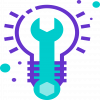
- Use case description: The use case uses several data sources: customers/users’ descriptions of problematic issues, reports from technicians, data collected from machines’ sensors, machinery design.
- Use case goal: Standardize the terminology of the maintenance process, focusing in particular on the diagnosis of technical malfunctioning, and leveraging on the knowledge extracted from service information flows and repair records.
- Industry domain: Equipment Industry
- Proposer: CNR
- ELVAHALCOR METAL INDUSTRY
-

- Use case description: For the implementation of the project Halcor will contribute with raw material input data coming from its Casting plant, process data attached to products and kept in Halcor’s Traceability and Manufacturing Execution Systems, material and technical specifications per production step. Collecting and pre‐assessing data required, participating in the design and testing of data ontologies, verifying the successful project completion will be the main part of Halcor’s tasks.
- Use case goal: Semantic representation of technical documentation throughout Halcor's entire value chain in order to achieve data harmonization, data interoperability and interconnectivity.
- Industry domain: Manufacturing.
- Proposer: ELVAHALCOR and the University of Oslo.
- SIEMENS DIGITAL MANUFACTURING
-

- Use case description: The manufacturing planning process needs to be at least partly automated to flexibly react upon low volume production orders.
The decision of whether an available machine is capable of performing a required production step can be automated by reasoning over explicit machine capability descriptions expressed in terms of ontologic vocabularies about the background knowledge captured in domain ontologies. This technique is also referred to as skill matching, with an analogy of machine capabilities to human skills. To successfully introduce this and other AI‐based methods into production for making machines more autonomous, techniques of explanation are required to establish transparency on AI‐based decision making. - Use case goal: To show how the use of ontologies and reasoning can significantly improve flexibility in manufacturing, as well as increase transparency and trust of AI systems by using methods for explaining AI‐based decision‐making.
- Industry domain: Manufacturing.
- Proposer: Siemens AG.
- Use case description: The manufacturing planning process needs to be at least partly automated to flexibly react upon low volume production orders.
OntoCommons new 11 Demonstrators
- BASAJAUN
-

- Use case description: Basajaun project builds two demo buildings and will be supported by a software platform. This platform would benefit from having a connection to an ontology layer and to related tools to cater for interoperability with and between supply chain domains and actors.
- Use case goal: Achieve the state of the art principles and the best possible strategy for horizontal ontology development and alignment between actors (and domains) across supply chains to fit in the best possible way into European international standards and that can be applicable to the most important supply chains in manufacturing that concerns sustainability measures for saving energy, waste and climate.
- Industry domain: Manufacturing, processing, materials development, supply-chain.
- Proposer: Paramountric
- CHEMICAL PRODUCT LIFE CYCLE
-
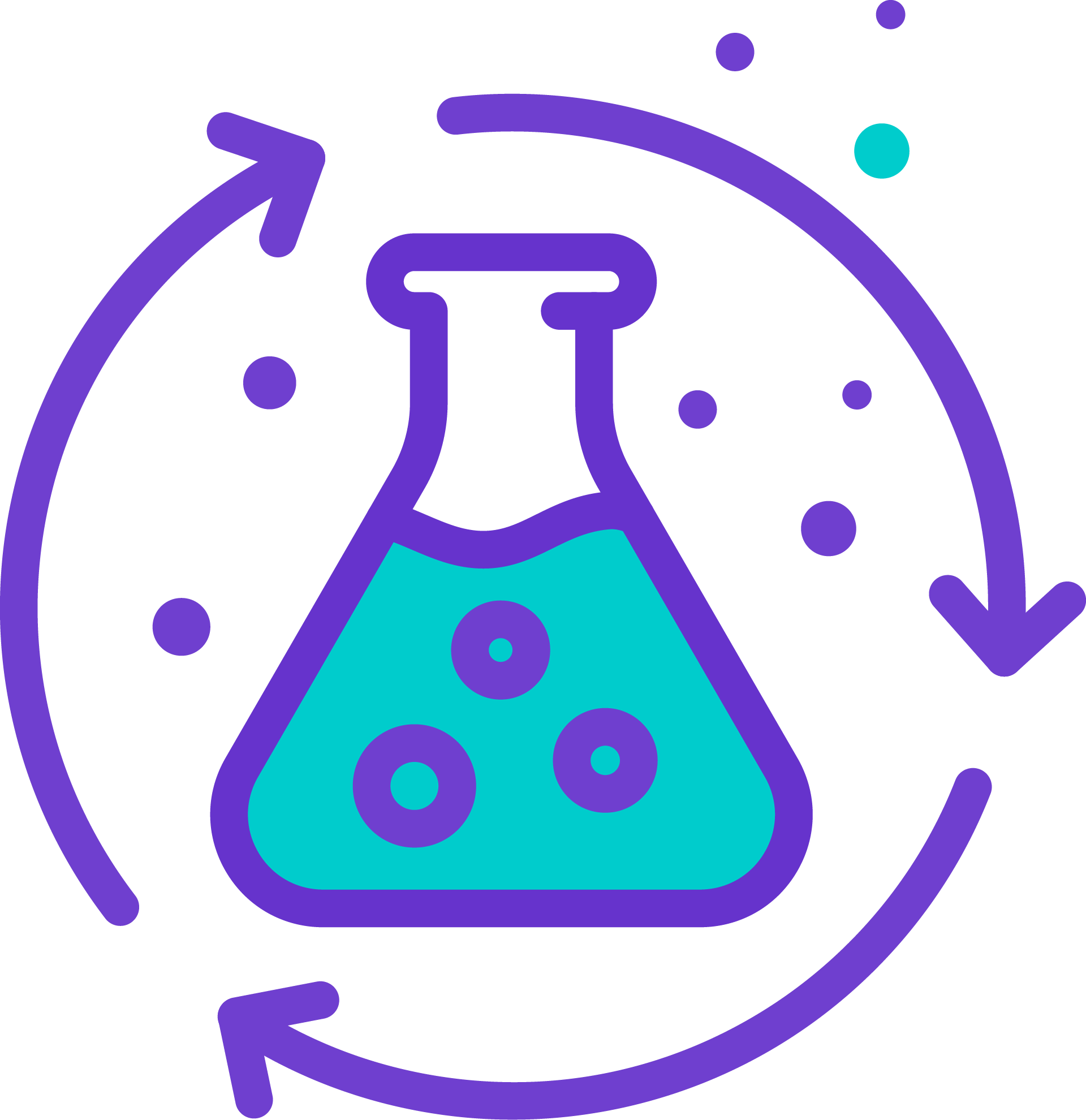
- Use case description: Define the life cycle of the product, from the extraction of raw materials to end of life fate and treatment (e.g., recycling, landfilling, incineration). Collect and analyse information about inputs and outputs associated with the life cycle of the product, such as consumption of resources, emissions, costs, and information on social aspects. Calculate, integrate and interpret sustainability impacts through indicators addressing the environmental, economic and social performance of products, including also material criticality and circularity aspects.
- Use case goal: Facilitate, as much as possible, automatisation of calculations and sustainability assessments for chemicals.
- Industry domain: Chemical products manufacturing and sustainability assessment.
- Proposer: BASF
- ONBOARD MAINTENANCE SYSTEM
-
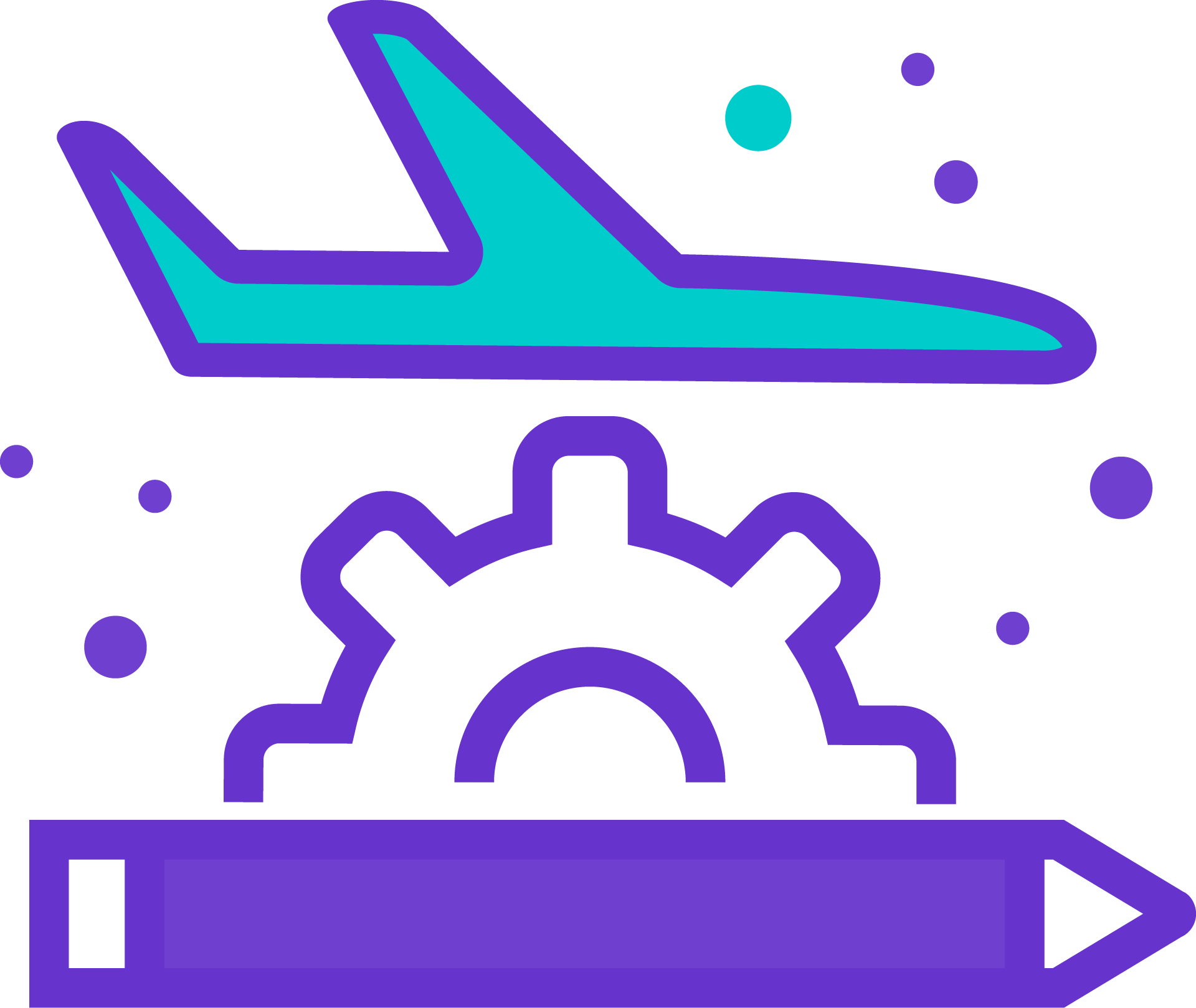
- Use case description: Onboard Maintenance System (OMS) is one of the important systems in aircraft, it is responsible for fault diagnosis and prediction, as well as data collection and transmission. However, due to its complexity, modelling OMS is recognized as a tough task for avionics development in aircraft design. the KARMA (Kombination of ARchitecture Model specificAtion) language is proposed to support architecture design and process definition of OMS with a model-based systems engineering approach. KARMA is expected to support descriptions and simulations of different architectural views of systems engineering.
- Use case goal: Use top-level ontology to support aircraft design and manufacturing, particularly on model-based systems engineering and domain-specific knowledge on fault detection.
- Industry domain: Aircraft and aerospace.
- Proposer: COMAC-BATRI
- AUTOMOTIVE OPERATORS’ SAFETY
-

- Use case description: This use case will develop a semantic data integration framework that will facilitate the monitoring of the human operators’ safety and well-being as they are performing the requested operations. A set of IoT sensors send their measurements to respective analysis components: (a) wearables (inertial measurement units, i.e., accelerometers and gyroscopes) for motion analysis and body tracking; (b) footage from static cameras analysed by computer vision components for estimating the operator’s posture.
- Use case goal: Standardising the terminology and improving the cross-domain interoperability of CPSoSaware's developed knowledge-based tools for scene analysis, posture recognition, and ergonomic assessment in a manufacturing environment. Have a practical deployment of FAIR-compliant semantic knowledge representation and data integration in an industrial manufacturing setting. Testing the deployed solutions in additional industrial scenarios proposed by OntoCommons.
- Industry domain: Manufacturing, assemby, processing.
- Proposer: CPSoSaware
- FOOD KNOWLEDGE GRAPH
-

- Use case description: This use case will develop a proof-of-concept knowledge graph which is geared for additive or compound discovery in the sector of food processing or agri-science.
- Use case goal: Use an Ontology to link databases available from the European Institutions to discover substitute compounds to be used as additives, as well as potential usage limits etc. The main task of the use case is to keep ontologies in the knowledge graph consistent after updates and maintenance.
- Industry domain: Biotechnology.
- Proposer: Dynaccurate SARL
- INDUSTRIAL INTERNET OF THINGS
-

- Use case description: Create a productive application of the iiRDS packages prototype for EDGE devices:
• Analyze and evaluate the customer benefits of an iiRDS delivery.
• Estimate the effort, benefits and risks of generating and maintaining the data: for technical communicators and across teams.
• Define requirements for a roll-out. - Use case goal: Learn how to model terminologies as ontology and place iiRDS in the general architectural framework.
- Industry domain: Manufacturing, Technical Communication
- Proposer: Siemens AG
- Use case description: Create a productive application of the iiRDS packages prototype for EDGE devices:
- IKEA KNOWLEDGE GRAPH
-
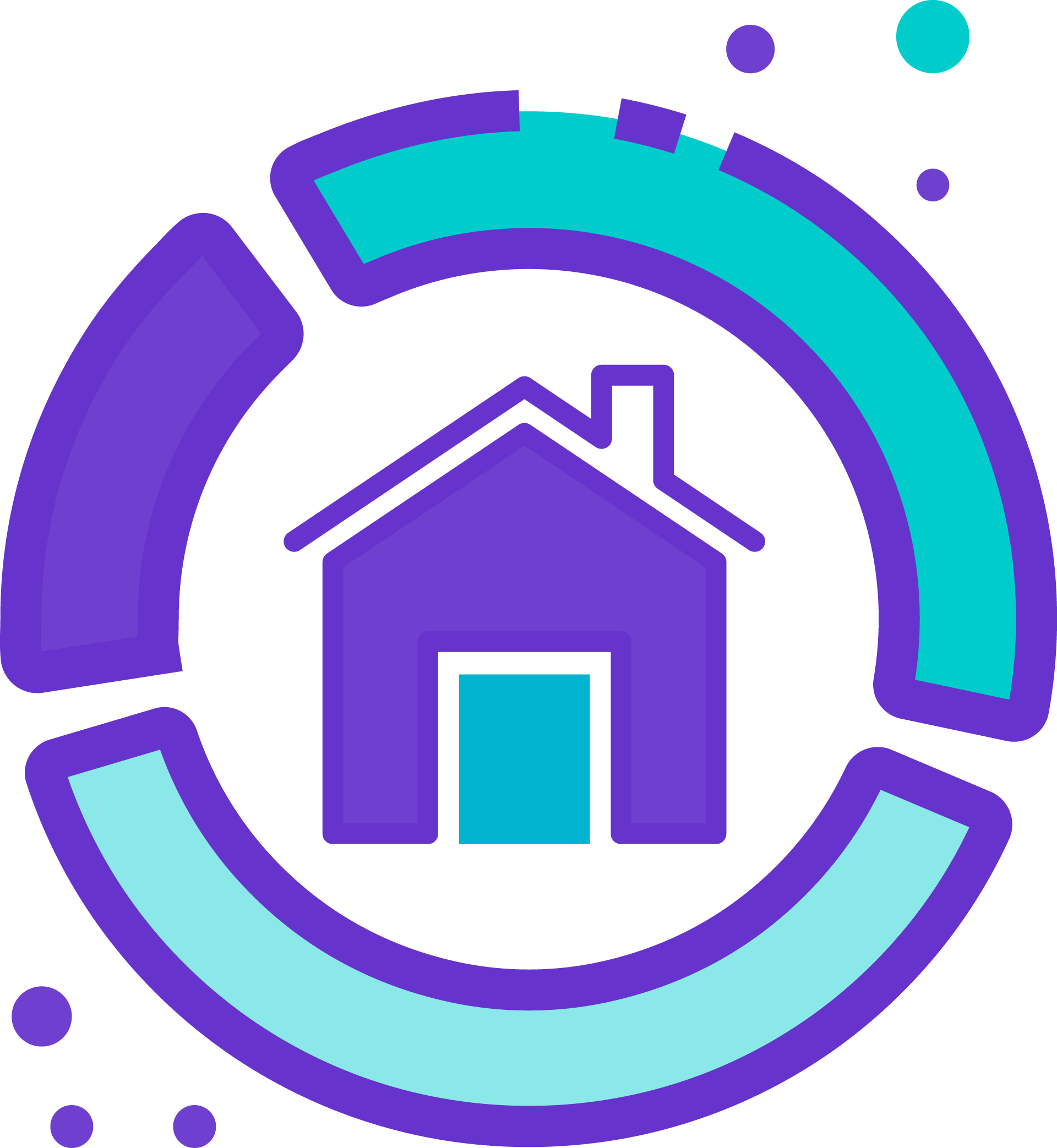
- Use case description: IKEA holds a lot of knowledge and understanding of people's lives at home, needs, wishes, dreams, and problems, as well as solutions to those. This knowledge is spread out and stored in data silos. In order to serve IKEA's digitalisation transformation efforts, the IKEA Knowledge Graph sets as its goal to connect the data and make it usable throughout IKEA's services and systems.
- Use case goal: Benefit from the OntoCommons project’s technical know-how and ontologies solutions to make IKEA’s data usable through out its systems.
- Industry domain: Home Furnishing, Materials modelling.
- Proposer: Inter IKEA systems
- MATERIALS DATABASES INTEGRATION
-
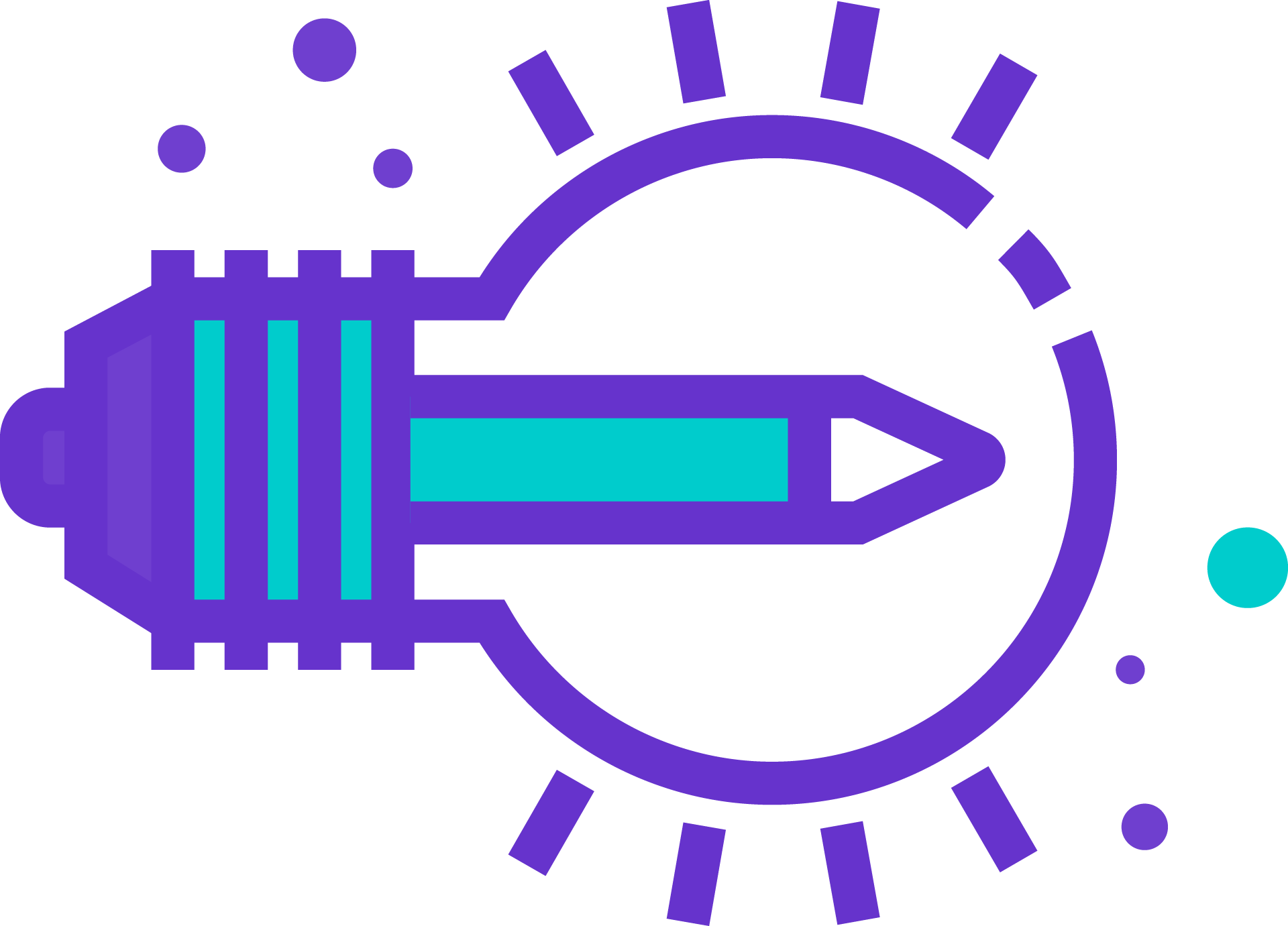
- Use case description: The Materials Design Ontology is used for semantic and integrated access to the computational materials databases in the OPTIMADE consortium, dealing with the heterogeneity of the databases in terms of underlying data models and use of terminology.
- Use case goal: This use case will investigate data integration and interoperability between top-level ontologies such as EMMO, to align MDO and EMMO/a top-level ontology as much as possible.
- Industry domain: Materials development.
- Proposer: Linköping University
- MATERIALS CHARACTERISATION ONTOLOGY
-
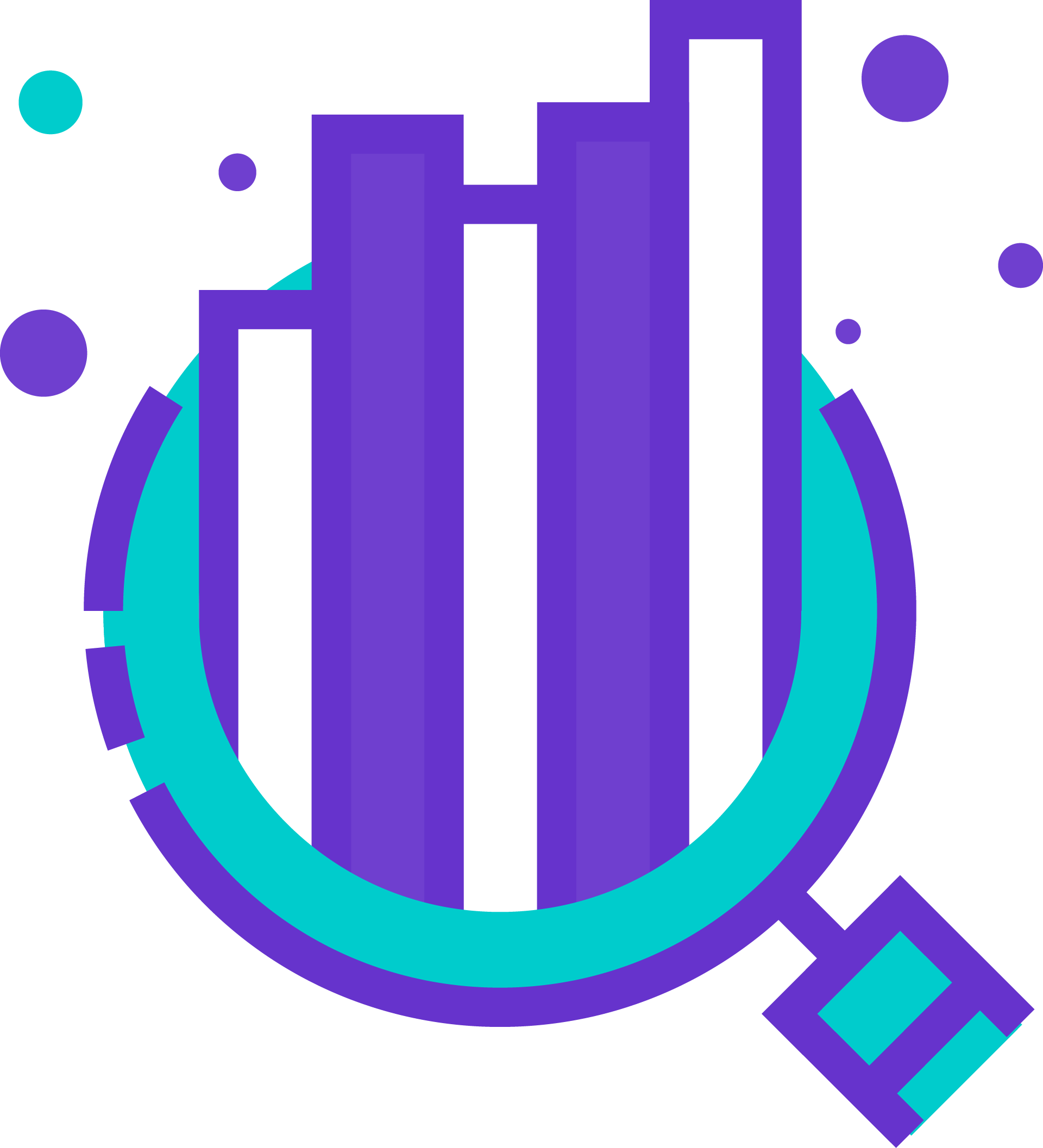
- Use case description: The NanoMECommons project is ontologising characterisation to capture potentially any type of materials characterisation method and enable harmonisation. The starting point is human-readable metadata called CHADA and the work is to provide an EMMO compliant ontology. The current status is a scope and mapping to EMMO.
- Use case goal: Utilise OntoCommons recommendations for ontology development and implementation and ensure TLO/MLO compliance.
- Industry domain: Materials characterisation.
- Proposer: Goldbeck Consulting Ltd
- LUBRICANT DESIGNER
-
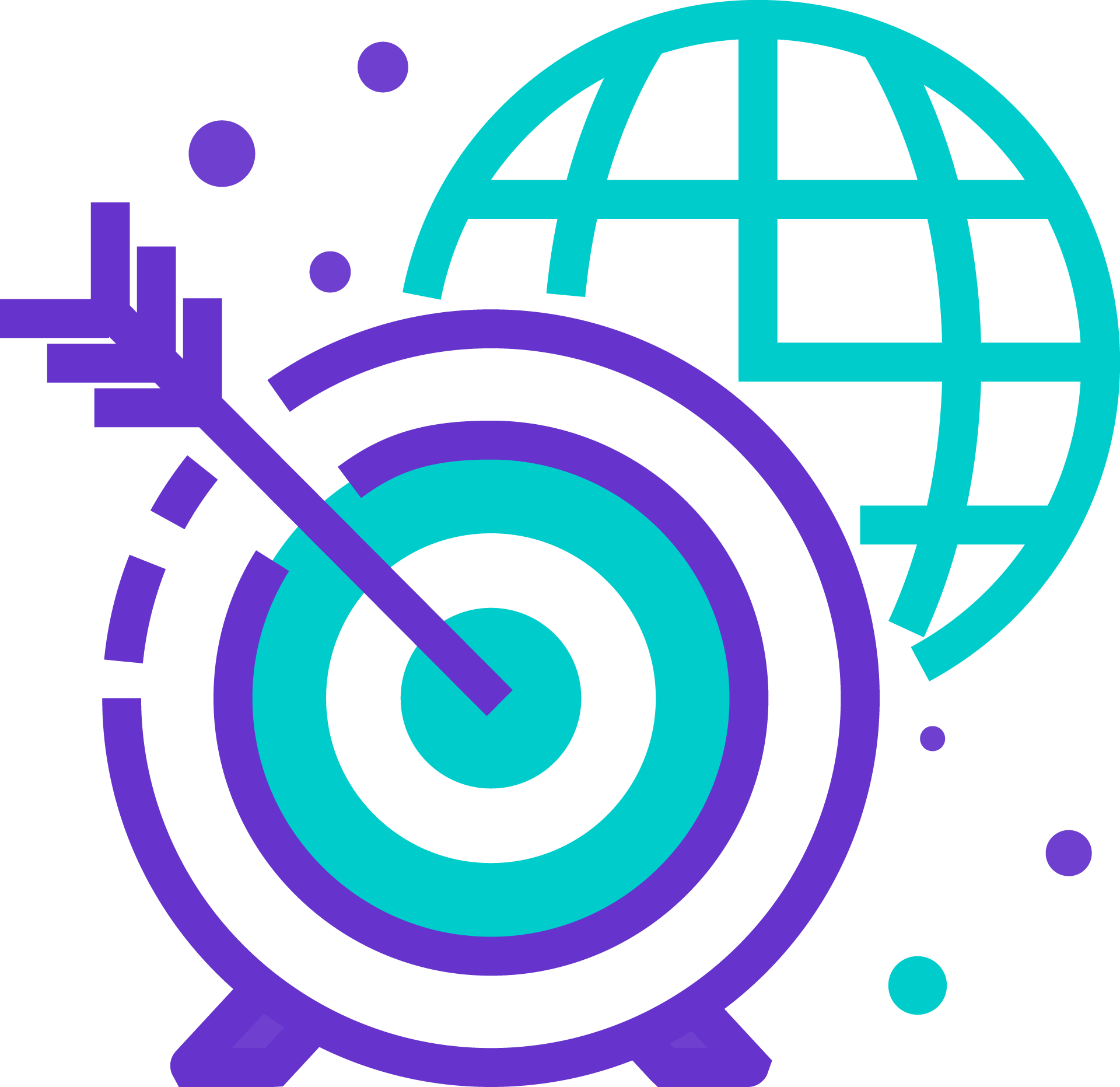
- Use case description: SCIENOMICS is developing a platform of virtual experiments for sustainable materials and product development. These virtual experiments integrate materials and process simulation technology. The demonstration case will show how using domain ontologies it is possible to develop value-adding workflows and, on a practical level, how to develop a Designer for lubricants that fulfil both materials and use constraints.
- Use case goal: SCIENOMICS aims to benefit from the OntoCommons project’s expertise to to adopt the relevant ontologies that would allow the interoperable communication between different simulation engines which are involved in a virtual experiment.
- Industry domain: Materials Development, Processing, Life Cycle assessment.
- Proposer: Scienomics SAS.
- SOLUTION FOR SOILLESS CULTURE NUTRIENT
-
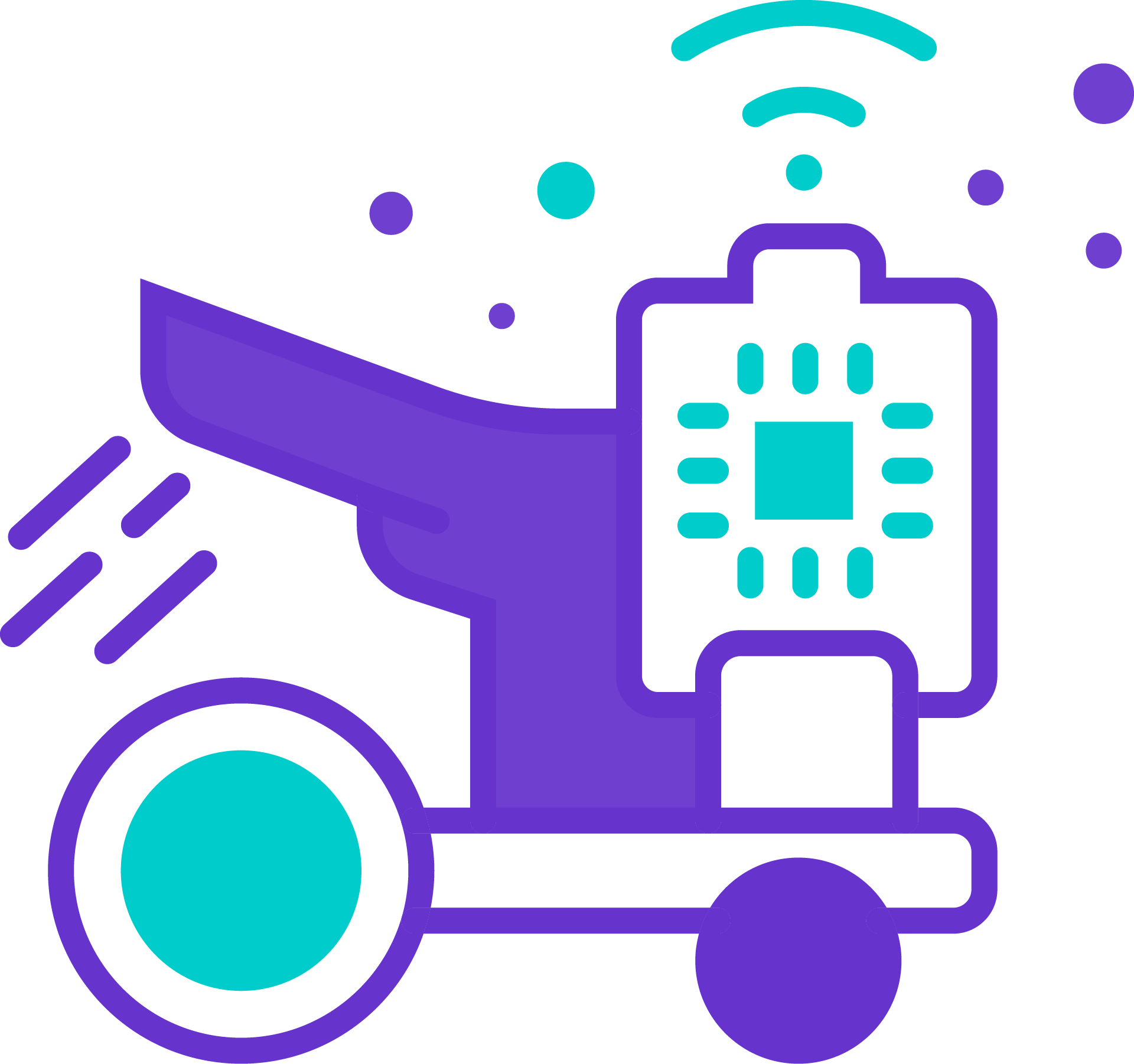
- Use case description: Automated production of a nutrient solution is of paramount importance for soilless culture applications, e.g., hydroponics agriculture techniques. This can be accomplished by monitoring the environment and remote controlling a sequence of processes through heterogeneous IoT devices equipped with different sensors. These devices can use distinct communication protocols and data structuring, which increases interoperability problems. An industry 4.0 oriented ontology, based on the IEEE 1872 international standard, is in development to mitigate these problems.
- Use case goal: Semantic representation of heterogeneous IoT devices using unified IIoT ontology, based on well-established ontologies, in order to mitigate interoperability problems in industrial applications (data interoperability and interconnectivity).
- Industry domain: Agriculture, Industry, IoT.
- Proposer: UFRGS - Edison Pignaton de Freitas.
Additional Demonstrators committed to OntoCommons
A list of the EU projects already committed to OntoCommons, with their respective demonstrator cases, is shown in the following table. The list is expected to increase during the project.
| Name | Domain | Project |
| Materials and Nano-Materials Synthesis | Materials Modelling | SimDOME (EMMO-based Open Simulation Platform) |
| Molecular Spectroscopy | Materials Modelling and Characterization | SimDOME (EMMO-based Open Simulation Platform) |
| Chemical Kinetics | Chemistry | SimDOME (EMMO-based Open Simulation Platform) |
| Post-launch analysis of pouch detergents | Materials Modelling | OntoTrans (EMMO-based Open Translation Platform) |
| Detergent pouch system | Product development | OntoTrans (EMMO-based Open Translation Platform) |
| Composite prepreg | Materials development | OntoTrans (EMMO-based Open Translation Platform) |
| Section mill | Process control | OntoTrans (EMMO-based Open Translation Platform) |
| AI-based predictive maintenance of wind farm | AI, Big Data, modelling, machine learning for industry 4.0 | IoTWINS (H2020 Big Data innovation action) |
| Wide-scale smart grid management in a smart city environment | AI, Big Data, modelling, machine learning for industry 4.0 | IoTWINS (H2020 Big Data innovation action) |













